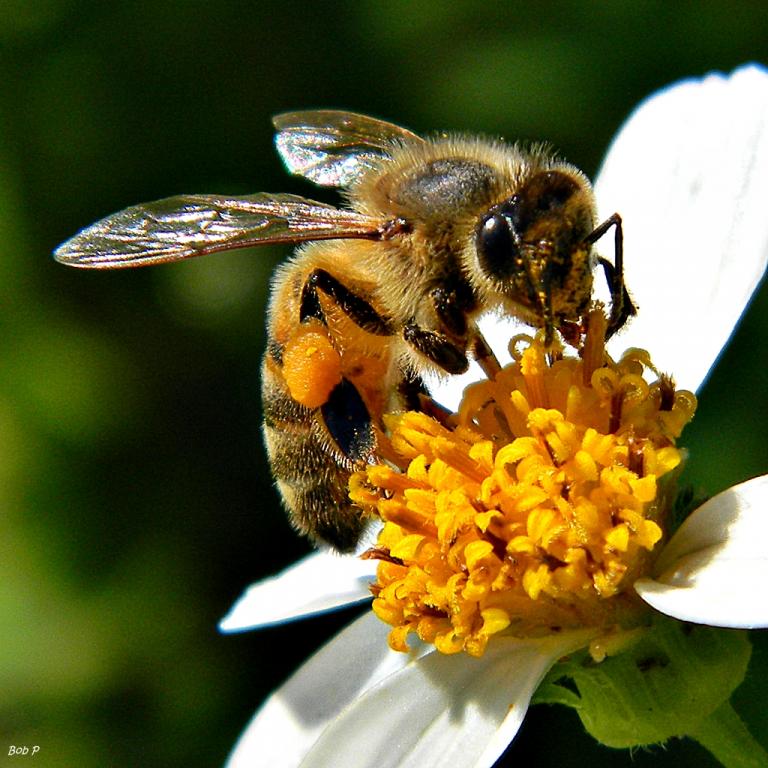
“And they did also carry with them deseret, which, by interpretation, is a honey bee; and thus they did carry with them swarms of bees. (Ether 2:3)
Here’s a piece that appeared in the FARMS Review back in 2008, during the dark and evil days when I edited it and when, as a consequence, it was largely if not entirely devoted to brazen lies and vicious personal attacks:
“A Brief Survey of Ancient Near Eastern Beekeeping”
Here’s an article (not by me) that appeared in the Deseret News back on 18 June 2010:
“Ancient beekeeping and the Book of Mormon”
And here’s a piece from FairMormon:
And here’s a short item from Book of Mormon Central:
“Where Does the Word “Deseret” Come From?”
And now there’s a new development, kindly brought to my attention by Mike Parker, whose attention was drawn to it by Stephen Smoot:
Here’s the abstract:
Recently, an exceptional find was made by the Nakum Archaeological Project in an offering deposited deep within the architectural core of the Precolumbian Maya site of Nakum located in northeastern Guatemala. The form of the object and comparisons made to ethnographic analogs indicate that it is a clay beehive, most probably one of the oldest in the Maya area and in the whole of Mesoamerica. Whether the object was used for its intended function or is an emulation, or skeuomorph, of perishable counterparts, remains unknown. The importance of this find lies in the fact that beekeeping is an activity that is traced with difficulty in archaeology. The present paper discusses the discovery of this artifact at Nakum, which dates to the end of the Preclassic period (ca. 100 BC–AD 250/300), in a wider temporal and spatial context and provides new data on Precolumbian beekeeping. We use a broad comparative vantage, drawing on archaeological, epigraphic, and ethnohistorical sources to discuss Mesoamerican beekeeping and its role in both the daily and the ritual lives of the Maya.
As Mike Parker says, this article isn’t about Jaredite times, but it’s getting fairly close. Moreover, two vital things need to be kept in mind: (1) As the authors of the Latin American Antiquity article observe, “beekeeping is an activity that is traced with difficulty in archaeology.” (2) The single reference to bees in the Book of Mormon — Ether 2:3, quoted above — refers to a time when the Jaredites were still in the Old World.











